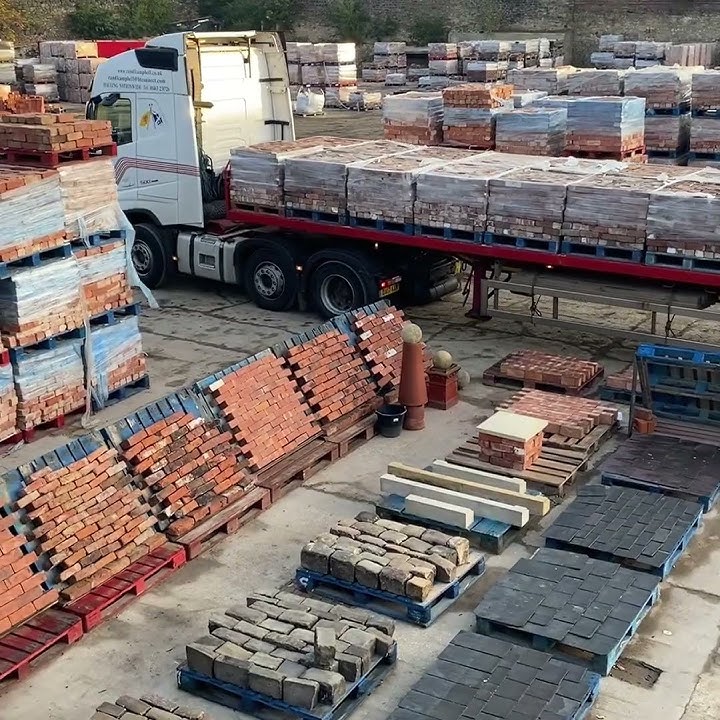With the deficit in 2014–15 still at 5% of national income all these parties have pledged to reduce it over the coming parliament.
New research, published by the IFS and funded by the Nuffield Foundation, analyses the public finance implications of these political parties’ election manifesto commitments, and sets out the size and composition of the future fiscal tightening that each appears to be planning.
None of these parties has provided anything like full details of their fiscal plans for each year of the coming parliament, leaving the electorate somewhat in the dark as to both the scale and composition of likely spending cuts and tax increases. In the IFS analysis we have used the information provided in each manifesto, plus in some cases some necessary assumptions, to shed light on the four parties’ plans.
The analysis suggests that, on borrowing and debt:
- The Conservatives are planning the largest reduction in borrowing over the next parliament, of 5.2% of national income, to eliminate the deficit by 2018–19. They would require some large spending cuts or tax increases to achieve this.
- Labour has been considerably more vague about how much they would want to borrow. They have pledged to ‘get a surplus on the current budget’ without specifying either exactly when or how much of a surplus. This pledge could be consistent with any reduction in borrowing totalling 3.6% of national income or more (given the coalition government’s investment plans). A reduction in borrowing of 3.6% of national income would require little in the way of spending cuts or tax increases after this year.
- The Liberal Democrats have been more transparent about their overall fiscal plans through to 2017–18 and are aiming for a tightening that is larger than Labour’s but smaller than the Conservatives’, at 3.9% of national income.
- The SNP’s fiscal numbers imply the same reduction in borrowing over the next parliament as Labour, although the reduction in borrowing under their plans would be slower. While their plans imply a slower pace of austerity than those of the other three parties, they imply a longer period of austerity.
The Conservatives’ plans could see national debt falling from about 80% of national income to 72% by the end of the parliament while debt might fall only as far as 77% under Labour plans. That’s a difference equivalent to about £90 billion in today’s terms. The Conservative plans, if implemented would have the advantage of resulting in lower debt interest payments and could potentially leave the country better placed to deal with future adverse economic shocks. But they would require much deeper spending cuts or tax increases than would the other parties’ plans.
Soumaya Keynes, research economist at the IFS and an author of the report, said: “The Conservatives have said they want to eliminate the deficit but provided next to no detail on how they would do it. They should be forthcoming on the £5 billion of largely unspecified clamp down on tax avoidance, the £10 billion of unspecified cuts to social security spending and, according to our calculations, further real cuts to ‘unprotected’ departments of around £30 billion.”
Rowena Crawford, senior research economist at the IFS and an author of the report, said: “Labour’s proposed measures might be broadly enough to meet their target for only borrowing to invest. But this would leave borrowing at £26 billion a year in today’s terms. If Labour wanted to reduce borrowing to a lower level than this, they would have to spell out more detail of how they would get there.”
Carl Emmerson, IFS deputy director, added: “There are genuinely big differences between the main parties’ fiscal plans. The electorate has a real choice, although it can at best see only the broad outlines of that choice. Conservative plans involve a significantly larger reduction in borrowing and debt than Labour plans. But they are predicated on substantial and almost entirely unspecified spending cuts and tax increases. While Labour has been considerably less clear about its overall fiscal ambitions its stated position appears to be consistent with little in the way of further spending cuts after this year.”




















